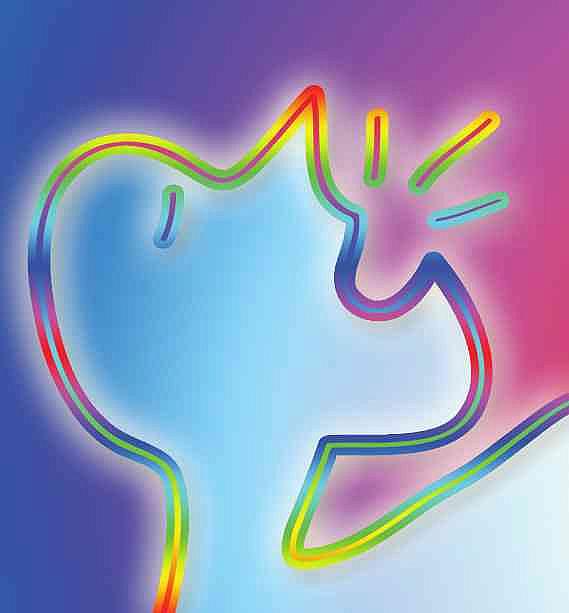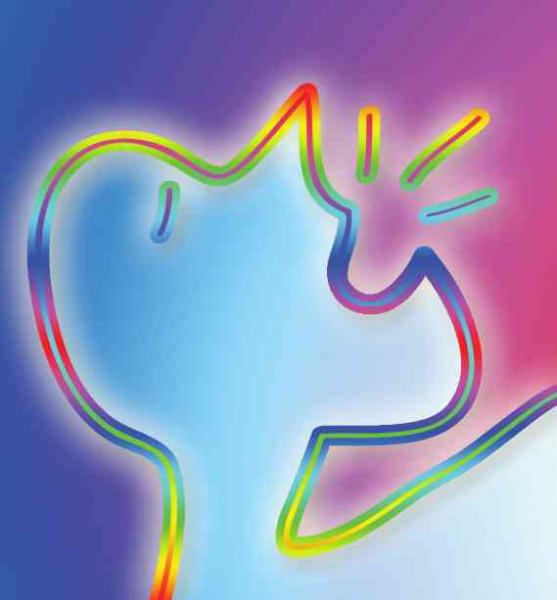Complete Health Reporting: Knowing When a Medical Study Alone Is Not Worth a Story

 After reading a recent story about music being used as therapy for anxiety, some may want to put on their headphones, turn up the latest Andrew Bird album and hope their bitten fingernails will grow back.
After reading a recent story about music being used as therapy for anxiety, some may want to put on their headphones, turn up the latest Andrew Bird album and hope their bitten fingernails will grow back.
"The researchers concluded that people with a lot of anxiety who can become preoccupied by activities, such as listening to music, can reduce discomfort by using this type of pain-relief strategy," wrote HealthDay.
Most of the stories about the music therapy study used vague phrases such as, "the music task helped to ease their pain." I am guessing that this is largely because most reporters only had access to the study abstract – the full text is behind a pay wall – and did not actually ask the researchers for a copy.
I wrote the study's lead researcher, Dr. David Bradshaw at the University of Utah, and asked for a copy. He sent me one with a note saying the study "certainly garnered an unexpected amount of attention."
Why unexpected? Well, because the study does not have a clear clinical application, meaning that patients can't go to the psychiatrist or pain specialist tomorrow and ask for the kind of music therapy that was studied. As Bradshaw told me:
First, this was a study of experimental pain with healthy volunteers, so its application to clinical pain hasn't been tested. Second, of the articles that report about the connection between anxiety and reduction in arousal in response to painful stimulation, most failed to mention that it was the combination of high anxiety with high ability to absorb in an activity (as measured by a scale of absorption) that predicted larger reduction in arousal.
Why does that matter? Because study participants who were more anxious but less able to become absorbed in a task (therefore more likely to be distracted) actually saw their pain increase as a result of the music therapy.
So I asked a follow-up question: "If it is possible, could you tell me in both absolute and relative terms what sort of benefits you found in this study? For example, of the 153 people in the study, how many saw a significant reduction in their pain and/or anxiety? And how exactly was that reduction measured?"
Bradshaw kindly responded:
In terms of numbers of participants receiving benefit, I really can't tell you that very easily. The kind of statistical analysis we do does not yield to that kind of interpretation.
If a researcher tells you that, then you have to ask yourself the next question: "Why am I writing this story?" If you are going to write a story about the research just because the study itself and the questions it poses are interesting, then by all means do so. But don't frame it as a story about patient benefit. That misleads people and contributes to the cultural confusion we have over how long it takes for basic scientific research to translate into clinical applications.
Did you see coverage of the music-and-anxiety study that covered the topic well? Let me know in the comments below or send me a note at askantidote@gmail.com. You also can find me on Twitter @wheisel.
Photo credit: Keith Rowley via Flickr

